One consistent piece of feedback we receive from our guests is that our cabins are the perfect place, far from the light pollution of the city, to see the stars and constellations. Here’s what you can look forward to seeing in the sky this month on your next escape to nature.
December
Jupiter at Opposition
On December 7th, Jupiter reaches Opposition, marking its closest approach to Earth this year. Fully illuminated by the Sun, the gas giant will be brighter than at any other time, making it visible all night long. This is the best opportunity to view and photograph Jupiter and its moons. A medium-sized telescope will reveal details in Jupiter’s cloud bands, while a good pair of binoculars will allow you to see the four largest moons, appearing as bright dots on either side of the planet. This event is a must-see for both amateur astronomers and seasoned stargazers, offering stunning views of our solar system’s largest planet.
Geminids Meteor Shower
The Geminids meteor shower, peaking on the night of December 13th and the early morning of December 14th, is often considered the best meteor shower of the year. Producing up to 120 multicolored meteors per hour, the Geminids are created by debris from the asteroid 3200 Phaethon, discovered in 1982. This year, a nearly full moon on December 15th will block many of the fainter meteors, but some of the brightest ones should still be visible. The best viewing will be from a dark location after midnight. Meteors will radiate from the constellation Gemini but can appear anywhere in the sky, making it an exciting event for skywatchers willing to brave the chilly December night.
December Solstice
The December Solstice occurs at 09:17 UTC on December 21st, marking an important shift in the Earth’s annual orbit. On this day, the South Pole will be tilted toward the Sun, bringing the Sun to its southernmost position in the sky, directly over the Tropic of Capricorn. For the Northern Hemisphere, this is the first day of winter (Winter Solstice), marking the shortest day and longest night of the year. In the Southern Hemisphere, it is the first day of summer (Summer Solstice), the longest day and shortest night of the year. This solstice invites reflection on the changing seasons and offers a chance to observe the sky’s transition as the Earth’s tilt influences daylight hours.
Ursids Meteor Shower
The Ursids meteor shower peaks on the night of December 21st and the early morning of December 22nd. This minor shower produces 5-10 meteors per hour, originating from dust grains left behind by comet Tuttle, discovered in 1790. The waning gibbous moon will likely block many of the fainter meteors this year, but patient observers may still catch some of the brighter meteors. For the best experience, head to a dark location just after midnight. The meteors will radiate from the constellation Ursa Minor but can appear anywhere in the sky, offering a quieter but still beautiful celestial display during the holiday season.
Mercury at Greatest Western Elongation
On December 25th, Mercury will reach its Greatest Western Elongation, at 22 degrees from the Sun. This event provides the best chance to see Mercury, as it will be at its highest point above the horizon in the morning sky. Look for the elusive planet low in the eastern sky just before sunrise. This rare sighting offers a beautiful way to start the day on Christmas morning, as Mercury shines brightly in the dawn light, visible even to those without telescopes or binoculars.

November
New Moon
November 1 brings the New Moon at 12:49 UTC. With the Moon tucked between Earth and the Sun, the night sky will be especially dark, making it an ideal time to see fainter celestial objects like star clusters and distant galaxies. Whether you’re using a telescope, binoculars or just your eyes, the New Moon sets the stage for some deep space exploration.
Taurids Meteor Shower
The Taurids peak on November 4-5, showcasing slower meteors that can be surprisingly bright. While it’s a smaller meteor shower with about 5-10 meteors per hour, the Taurids have a unique charm with two streams from asteroid 2004 TG10 and comet 2P Encke. A first quarter moon might block out fainter meteors, but if you’re in a dark spot after midnight, you could still catch some bright ones coming from the Taurus constellation.
Full Supermoon
On November 15, the Full Moon shines at 21:30 UTC, known as the Beaver Moon. This moon is also the last Supermoon of 2024, appearing a bit bigger and brighter than usual because it’s closer to Earth. It’s perfect for a moonlit walk or capturing some night photography.
Mercury at Greatest Eastern Elongation
On November 16, Mercury reaches its Greatest Eastern Elongation, the best time to spot it. Look low in the western sky just after sunset for a rare view of this elusive planet shining bright in the twilight.
Uranus at Opposition
November 17 brings Uranus to its closest approach to Earth, fully lit up by the Sun. While it’ll look like a tiny blue-green dot, Uranus will be visible all night, making it a cool target for those who want a glimpse of the outer planets.
Leonids Meteor Shower
The Leonids, peaking on November 17-18, can produce up to 15 meteors per hour this year. Though a nearly full moon might wash out some of the show, you could still catch some bright streaks if you’re patient and in a dark location. The meteors will appear to radiate from Leo, adding a bit of excitement to the night sky.

October
New Moon
October 2 marks the New Moon at 18:51 UTC, giving stargazers a clear sky for spotting faint objects like galaxies and nebulae. With no moonlight, it’s an ideal night for stargazing, even with just your eyes.
Draconids Meteor Shower
The Draconids peak on October 7 and are best viewed in the early evening. While it’s a smaller shower with around 10 meteors per hour, this year’s second-quarter moon could mean darker skies and a nice display. Head out early and keep an eye on Draco for those meteors.
Full Supermoon
On October 17, the Full Moon, or Hunter’s Moon, will be at 11:28 UTC. It’s a Supermoon, making it look a bit larger and brighter. It’s a great chance to enjoy the moonlight on an autumn evening.
Orionids Meteor Shower
The Orionids peak on October 21-22, with up to 20 meteors per hour. These meteors come from Halley’s Comet, so you’re seeing bits of a legendary comet streaking across the sky. Though a waning gibbous moon may block fainter ones, you might still catch a few bright meteors after midnight.

September
New Moon
September 3 offers another New Moon, creating the month’s darkest skies. It’s perfect for a night of stargazing and discovering some hidden gems in the night sky.
Mercury at Greatest Western Elongation
On September 5, Mercury is at its highest above the horizon before sunrise. If you’re up early, look for it low in the eastern sky.
Saturn at Opposition
September 8 is the best time to catch Saturn and its rings. Saturn will be fully illuminated and visible all night, making it a must-see for anyone with a telescope.
Full Supermoon
On September 18, the Corn Moon will glow, marking the first of three Supermoons in 2024. It’s a stunning time to enjoy a full moon’s beauty.
Partial Lunar Eclipse
On the same night as the Supermoon, there will be a Partial Lunar Eclipse. Part of the Moon will pass through Earth’s shadow, adding a little extra excitement to your night.
Neptune at Opposition
September 20 is Neptune’s time to shine, offering the best view of this blue giant planet. Though it’s tiny through a telescope, Neptune’s unique color makes it a lovely sight.
Fall Equinox
On September 22, day and night are nearly equal in length, marking the start of fall in the Northern Hemisphere. It’s a perfect night to enjoy the changing season and observe the constellations shifting.

August
New Moon
August 4 brings the New Moon at 11:15 UTC. With the Moon nestled between Earth and the Sun, it won’t be visible, giving us super-dark skies. It’s the perfect time to spot faint objects like star clusters and distant galaxies. Whether you have a telescope, binoculars or just your eyes, this is an ideal night for exploring deep space.
Perseids Meteor Shower
The Perseids, one of the most awaited meteor showers, will peak on the night of August 12 and early morning of August 13. Known for producing up to 60 meteors per hour, these bright streaks come from comet Swift-Tuttle. Although a first quarter moon might block some fainter meteors early on, the moon will set after midnight, leaving you with dark skies for a great show. For the best view, find a dark spot and look up after midnight. Meteors will radiate from Perseus but can appear anywhere in the sky.Full Moon
On August 19 at 18:27 UTC, we’ll see a Full Moon, also known as a Blue Moon. This Sturgeon Moon was named by Native American tribes for the time when sturgeon were easier to catch in the Great Lakes. It’s also called the Green Corn Moon or Grain Moon. This rare Blue Moon is the third of four full moons this season, a once-in-a-blue-moon event that happens every few years. Usually, there are three full moons per season, but occasionally there’s an extra one, which we call the Blue Moon.
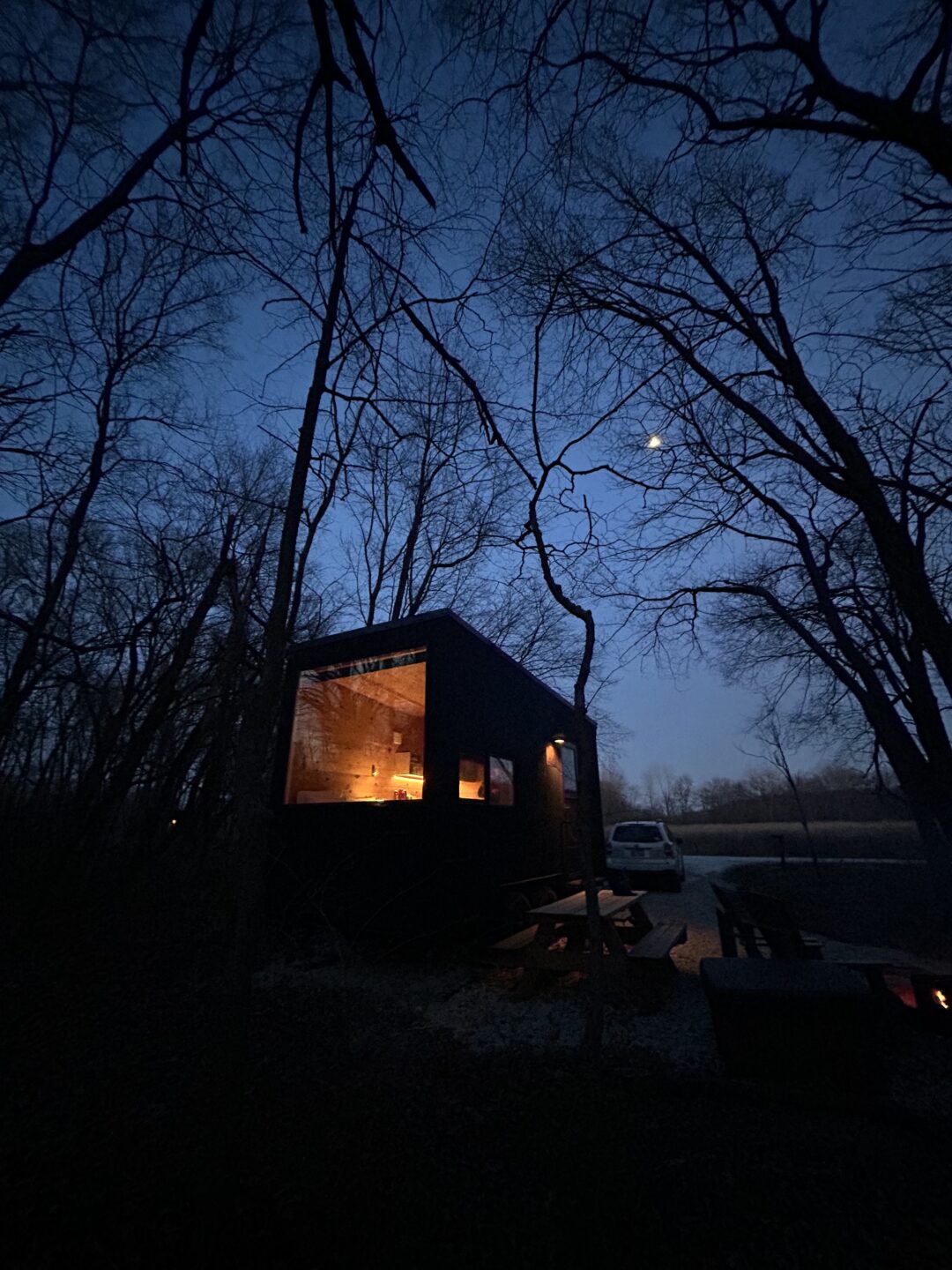
July
New Moon
July 5 brings another New Moon, making it the darkest night of the month. With no moonlight, it’s an ideal time to look for faint celestial sights like galaxies and star clusters. Grab a telescope or binoculars or just enjoy the view with your eyes.
Full Moon
On July 21 at 23:33 UTC, the Buck Moon will brighten the sky. This full moon, named for the time of year when young deer grow their new antlers, is also called the Thunder Moon or Hay Moon. It’s a great time to take in the Moon’s surface details and enjoy the summer nights.
Mercury at Greatest Eastern Elongation
July 22 is a great chance to spot Mercury, which will be high in the evening sky. Look for it just after sunset low in the western sky. Mercury is often lost in the Sun’s glare, but during this elongation, it’s easier to spot in the twilight.
Delta Aquarids Meteor Shower
The Delta Aquarids peak on the night of July 28 and early morning of July 29. This shower produces up to 20 meteors per hour and comes from debris left by comets Marsden and Kracht. With the waning crescent moon, skies will be darker, so you’ll have a better view of the meteors.

June
New Moon
June 6 brings a New Moon, giving us a dark sky and the perfect conditions for stargazing. Without moonlight, you’ll get a clear view of faint celestial objects like galaxies and nebulae.
Summer Solstice
On June 20, we’ll experience the longest day of the year. The Summer Solstice marks the start of summer and is a great time to enjoy the extended twilight and warm evening skies.
Full Moon
June 21 is the Strawberry Moon, named for the strawberry harvest. This full moon lights up the summer night and offers a great chance to observe its craters, valleys and mountains.Bootid Meteor Shower
The Bootids peak on June 27, bringing slow-moving meteors across the sky. Look for them after midnight, and enjoy the graceful streaks from the constellation Bootes.
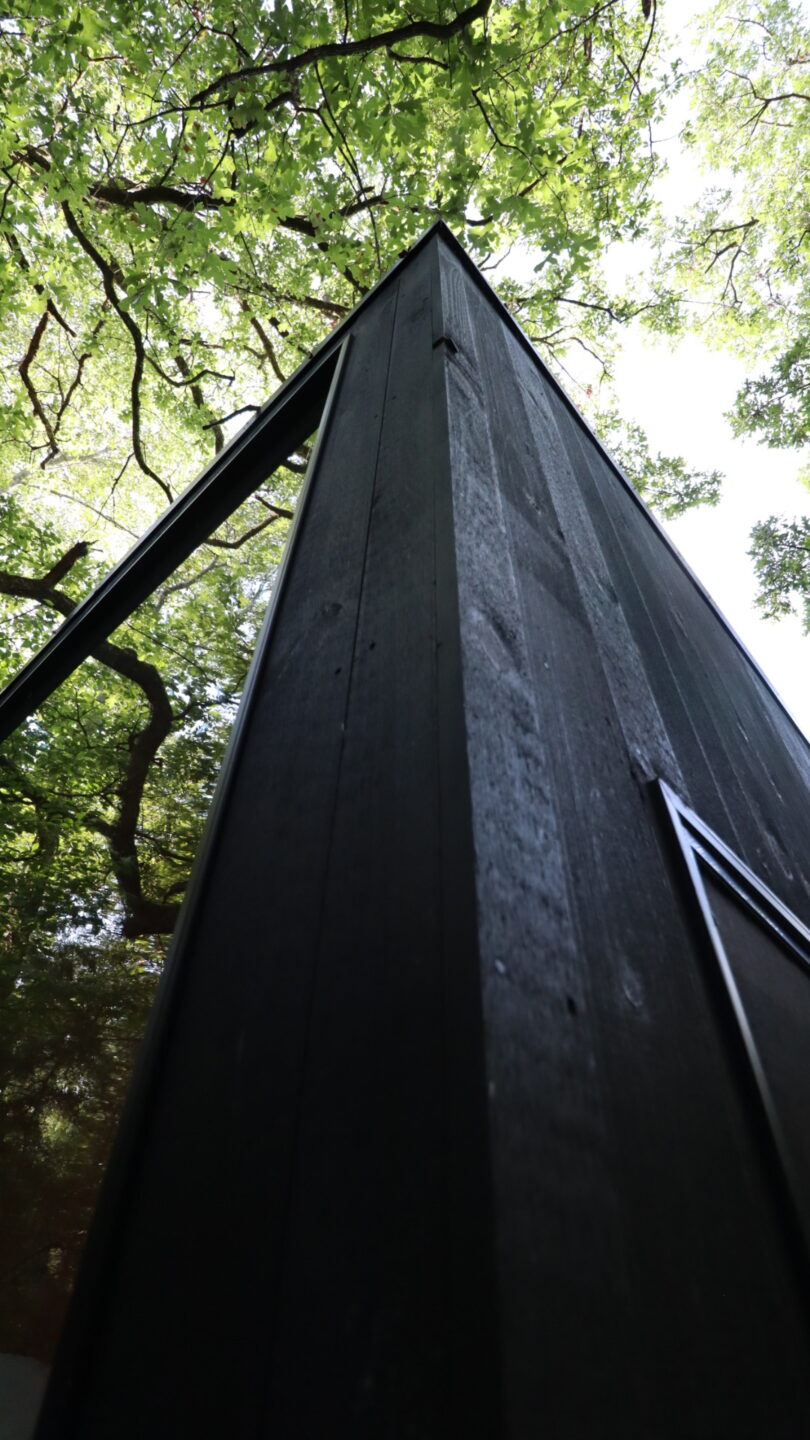
May
Eta Aquarids Meteor Shower
On the night of May 6 and morning of May 7, you can catch the Eta Aquarids, an above-average shower with up to 60 meteors per hour. Look for them after midnight for the best view.
New Moon
May 8 offers a dark sky with the New Moon, making it an ideal time to spot faint objects in space like galaxies and star clusters.
Mercury at Greatest Western Elongation
On May 9, look to the eastern sky just before sunrise to spot Mercury at its highest point above the horizon. It’s a rare chance to see this planet in the morning sky.
Full Flower Moon
The Full Moon on May 23 is the Flower Moon, a beautiful sight that marks the bloom of spring flowers. Enjoy the glow and take in the beauty of the night sky.
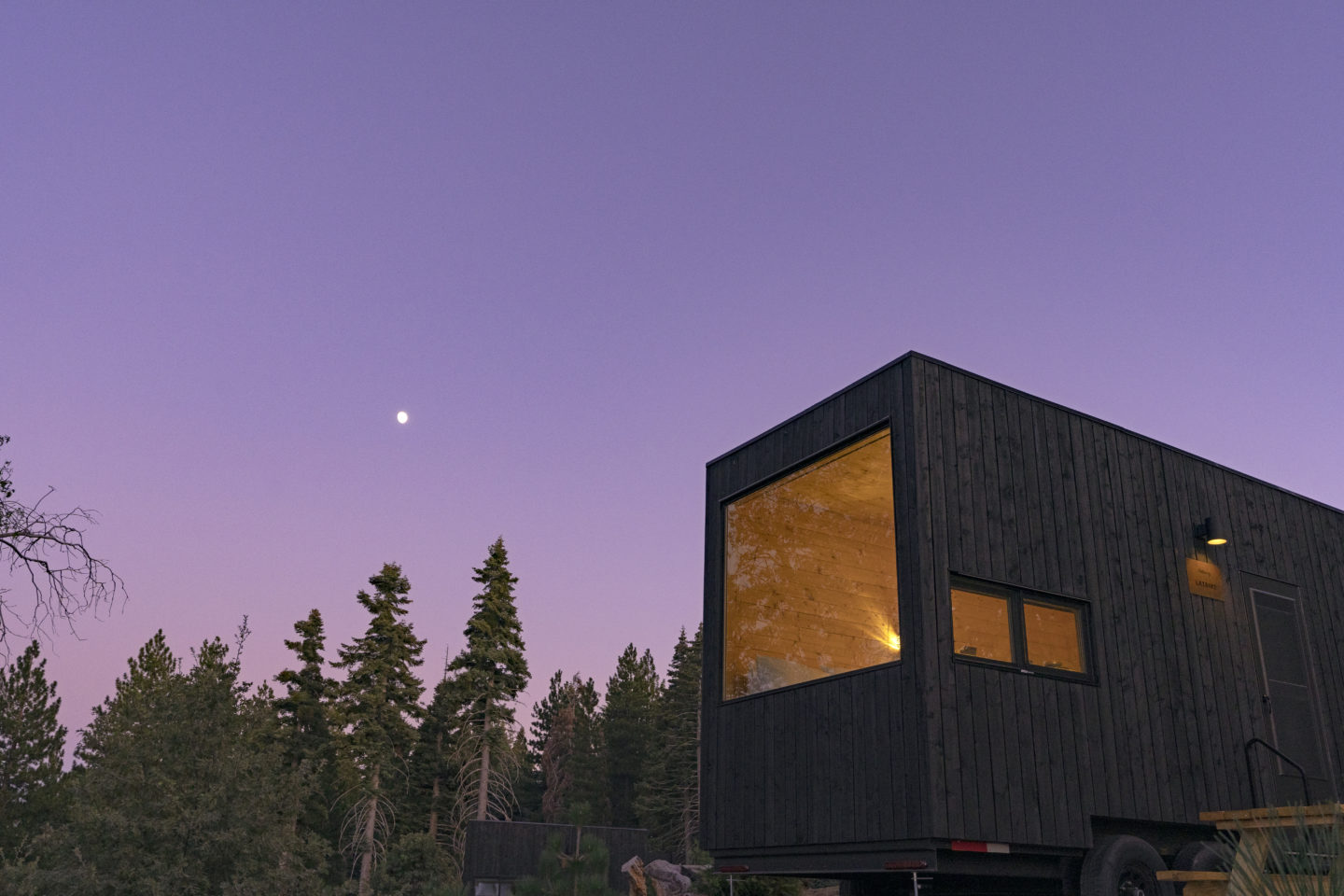
April
April 8 brings a New Moon and a total solar eclipse, where the Moon passes between Earth and the Sun, leaving the sky completely dark. This eclipse will trace a narrow path across 13 states, offering a rare chance to witness it in nature. Starting in Mexico, it moves into the U.S. through Texas, continuing through Oklahoma, Arkansas, Missouri, Illinois, Kentucky, Indiana, Ohio, Pennsylvania, New York, Vermont, New Hampshire, and ending in Maine. It’s a breathtaking opportunity to soak in a truly unique celestial show.
Lyrids Meteor Shower
The Lyrids meteor shower peaks on April 22-23, putting on a show with about 20 meteors per hour. These meteors come from dust left behind by comet C/1861 G1 Thatcher. The shower radiates from the constellation Lyra, so grab a blanket, head to a dark spot, and keep an eye out for those bright streaks lighting up the sky.
Full Moon
On April 23, the Full Moon—known as the Pink Moon—will light up the night sky. Named after the early spring blooms of moss pink, this Moon adds a lovely touch to the season. Though it might wash out some fainter celestial sights, it’s perfect for a night of lunar observation and admiring its detailed craters and surface features.
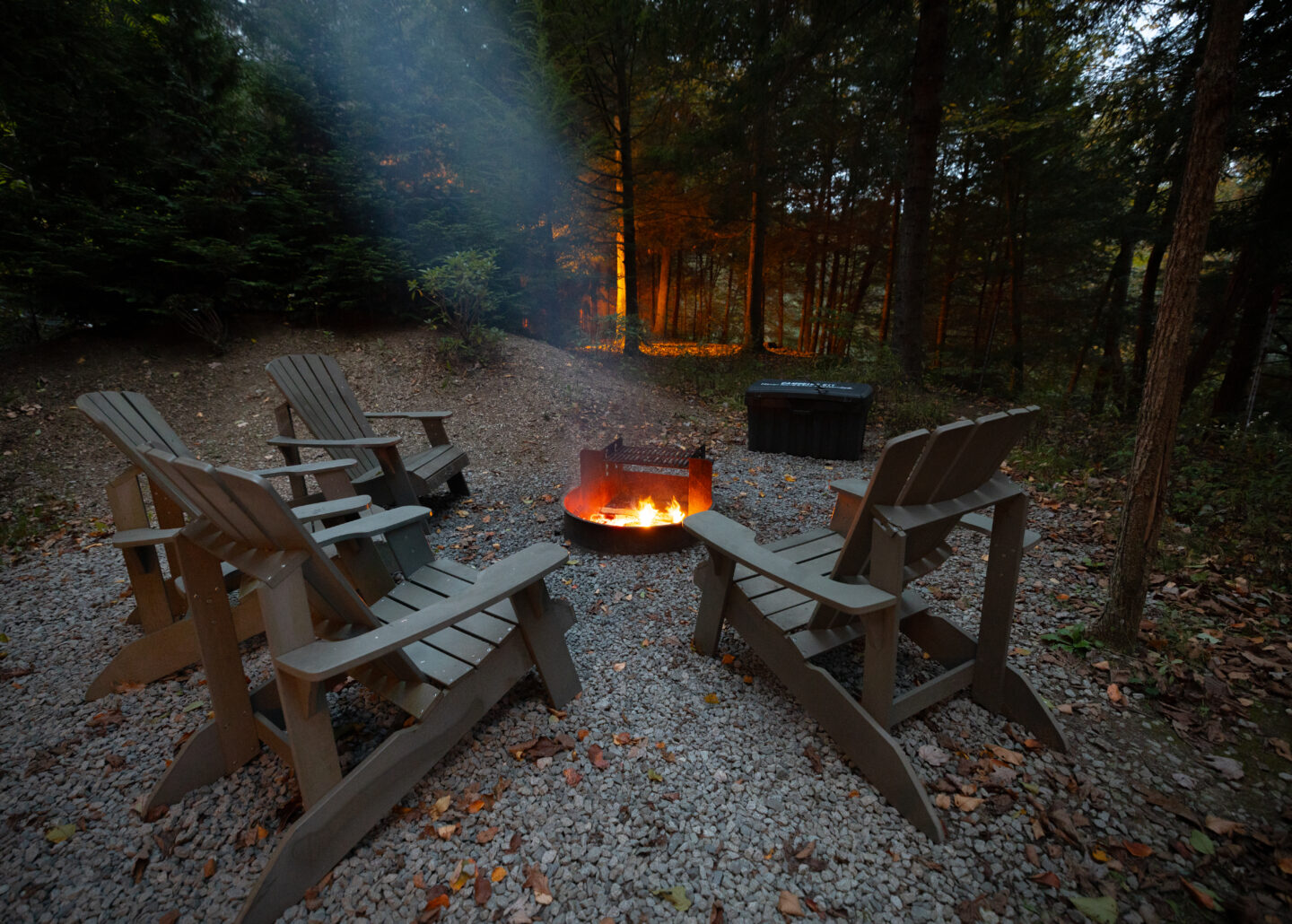
March
New Moon
March 10 brings the New Moon, offering super dark skies that are perfect for stargazing. With no moonlight, it’s an ideal time to explore the night sky and catch sight of those fainter celestial objects.
March Equinox
The March Equinox on March 20 marks the start of spring in the Northern Hemisphere, bringing nearly equal parts of day and night. It’s a time of transition, and you’ll start to see spring constellations rising, making it a great time for stargazing.
Mercury at Greatest Eastern Elongation
On March 24, Mercury reaches its Greatest Eastern Elongation. This is one of the best times to catch a glimpse of Mercury, shining bright in the evening sky just after sunset. Look low in the western sky to spot it, and enjoy the rare view of this elusive planet.
Full Moon (Worm Moon)
The March 25 Full Moon, known as the Worm Moon, marks the time when the ground starts to thaw and earthworms reappear. Also called the Crow Moon, Crust Moon, and Sap Moon, it’s a great opportunity to take in the Moon’s brilliant face and enjoy its natural beauty.
Penumbral Lunar Eclipse
Later on March 25, a Penumbral Lunar Eclipse will take place as the Moon passes through Earth’s partial shadow. While it’s more subtle than a total eclipse, it adds an intriguing touch to the night as part of the Moon gradually darkens. It’ll be visible across much of North and South America, so find a spot to enjoy this event.
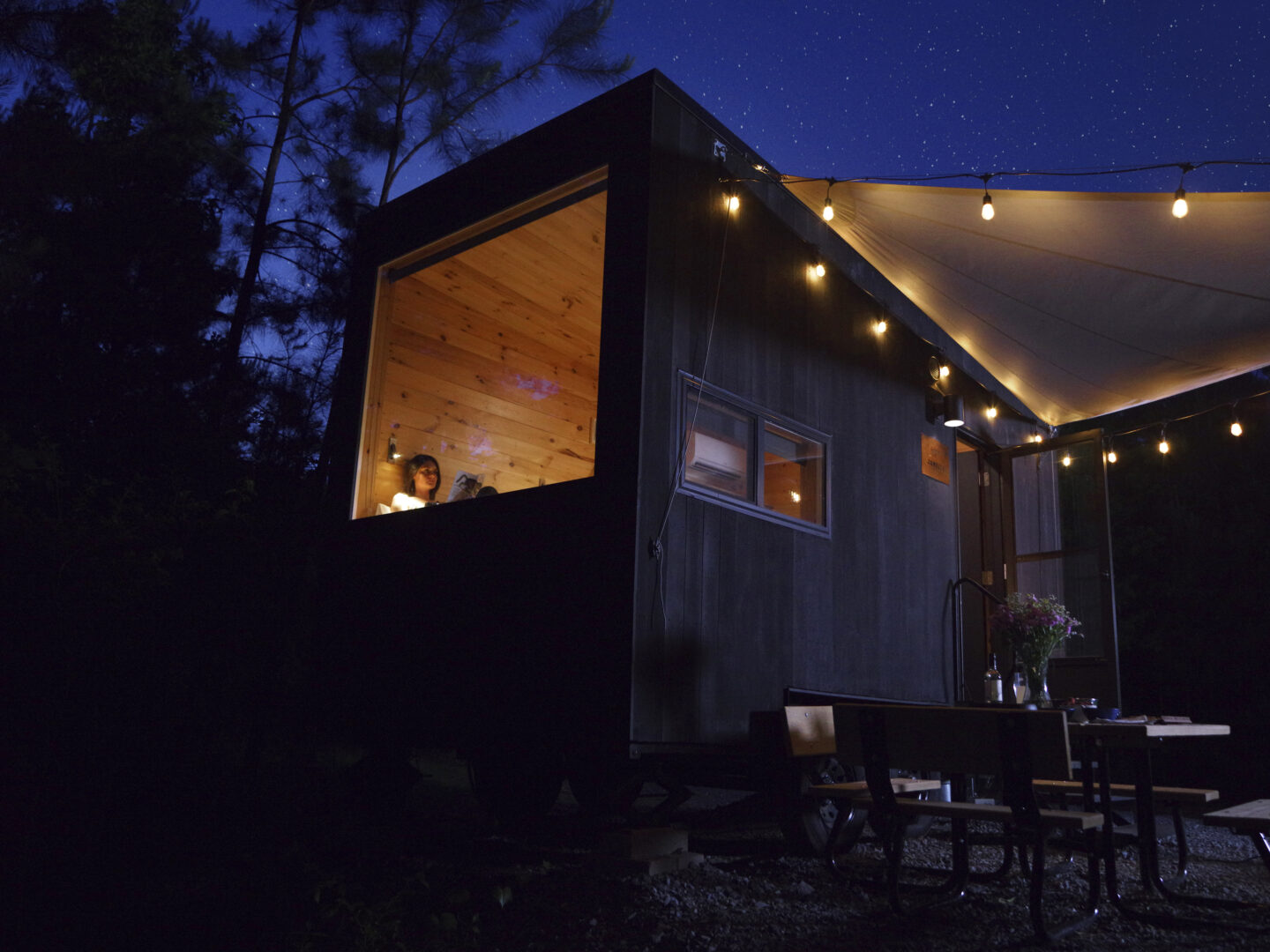
February
Comet C/2022 E3 at its Brightest
On February 1, keep an eye out for Comet C/2022 E3. This bright visitor is easy to spot with its glowing coma and tail, making it a spectacular sight against a dark sky.
Peak of the α-Centaurid Meteor Shower
February 8 is the peak of the α-Centaurid meteor shower, known for fast, bright meteors that sometimes produce fireballs. Look to Centaurus for an exciting night of shooting stars.
New Moon
February 9 brings another New Moon, giving you dark skies perfect for stargazing. It’s a great time to see stars and other celestial objects that might be washed out with more moonlight.
Full Moon
On February 24, the Full Moon will brighten the night sky. Though it may block out some fainter stars, it’s an ideal time to observe lunar details like craters and mountains with binoculars or a telescope.

January 2024
Quadrantids Meteor Shower
From January 3-4, the Quadrantids Meteor Shower peaks, offering up to 40 meteors per hour. Grab a cozy spot and look to Bootes for a great show.
New Moon
Book your cabin stay for January 11 to enjoy a dark sky with the New Moon, perfect for spotting faint galaxies and star clusters.
Mercury at Greatest Western Elongation
On January 12, you’ll have a chance to catch Mercury in the morning sky, shining bright just before sunrise. Look low in the eastern sky for the best view.
Full Moon
Stay on January 25 to enjoy the bright, beautiful Full Moon, a great way to wrap up a cozy winter night.

